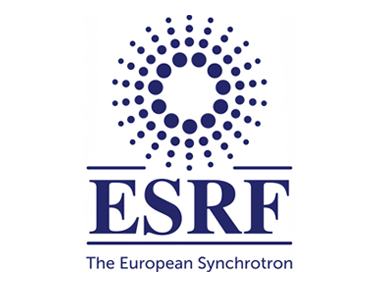Browsing HDF5/NeXus files is hard.
→ Need for HDF interactive viewers
→ Need for HDF interactive viewers
Remote access is a much-needed feature.
→ Web is inherentely remote
→ Web is inherentely remote


Loïc Huder
European Synchrotron Radiation Facility, Grenoble, France

 This project has received funding from the European Union’s
Horizon 2020 research and innovation programme under grant
agreement No. 823852
This project has received funding from the European Union’s
Horizon 2020 research and innovation programme under grant
agreement No. 823852
This prompted the development of the web-viewer H5Web presented at HUG2020:
Whatever the provider, the same issues were encountered:
To solve these issues, we are developing h5grove, a Python package with the following features:
Used in jupyterlab-h5web version 0.0.8
Some links:

This project is funded by PaNOSC
 This project has received funding from the European Union’s
Horizon 2020 research and innovation programme under grant
agreement No. 823852
This project has received funding from the European Union’s
Horizon 2020 research and innovation programme under grant
agreement No. 823852